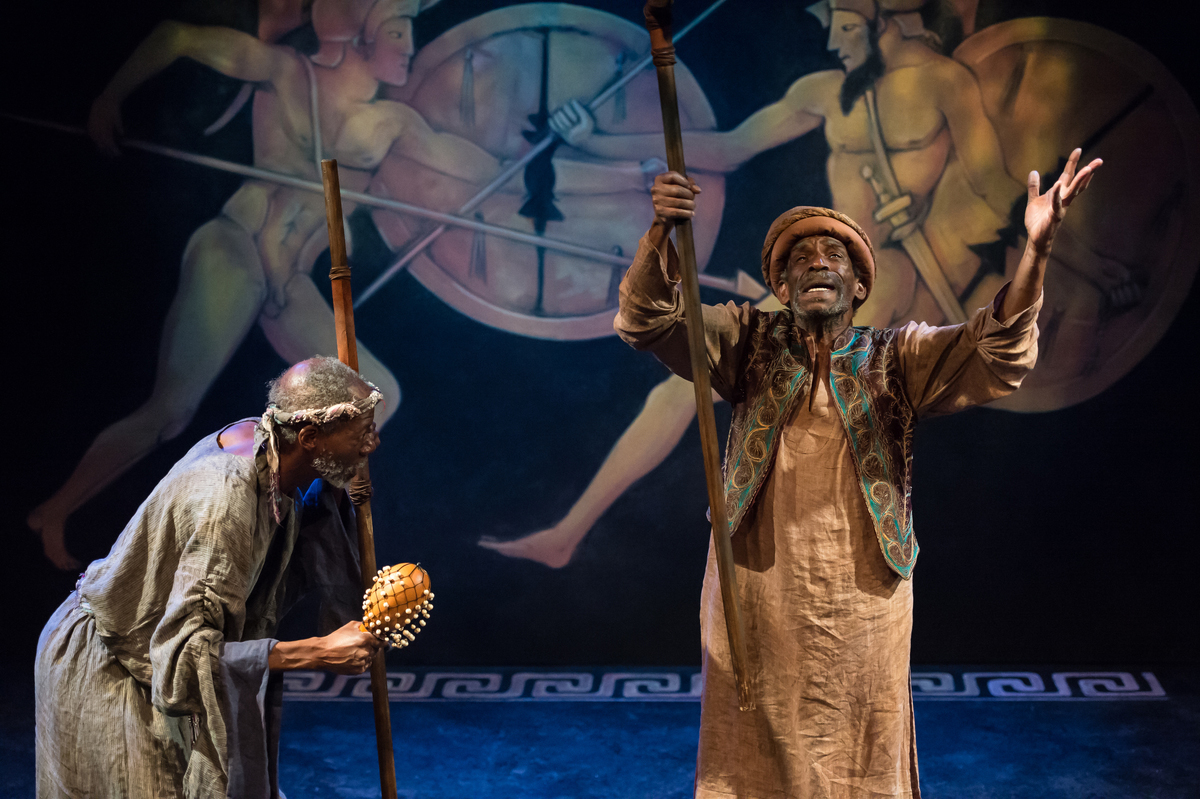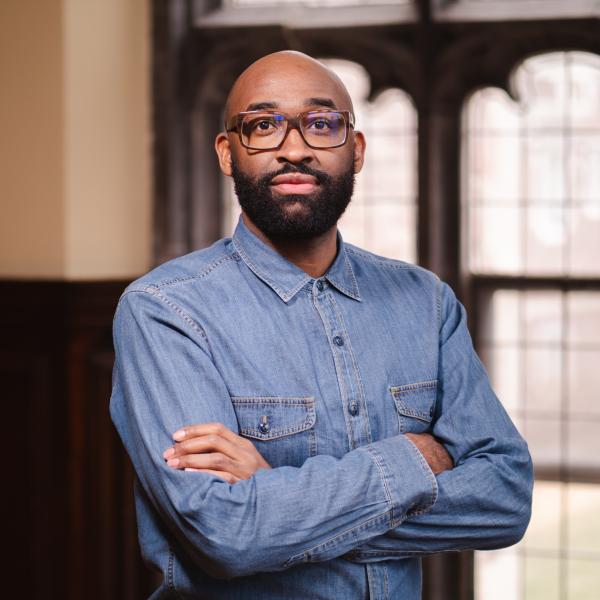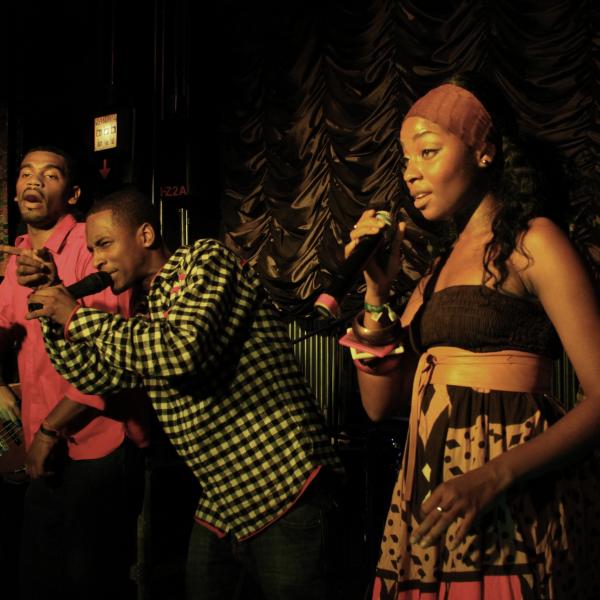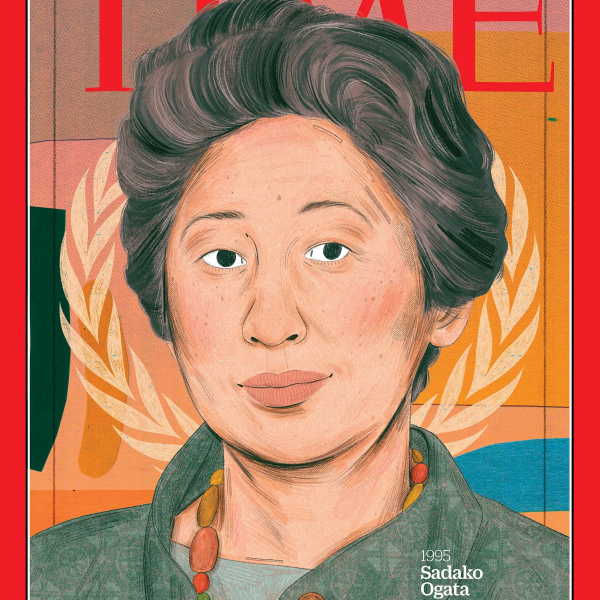Interview with classics scholar Timothy Moore
It’s a golden age of musical theater. During the 2017–18 Broadway season, attendance at musicals topped 11 million and grossed $1.4 billion. Live-action performances like Grease (Fox) and Hairspray (NBC) are broadcast in prime time. The Hamilton cast recording has spent more than 145 weeks on Billboard’s top 40 chart. So, imagine the missing magic if the music were stripped from these performances. Would we understand and value them in the same way? Such is the case of ancient Greek and Roman theater — more often starkly read than staged its original sonorous form — and a situation soon redressed by Timothy Moore, a scholar of classical studies and a Faculty Fellow in the Center for the Humanities.
Here, Moore tells us about his current research project, which restores the musical resonance of ancient theater.

What are some of the common misconceptions about ancient theater? You’ve said that these performances were more like Sondheim than Ibsen.
In countless ways we fail to appreciate ancient theater when we don’t get beyond our modern preconceptions. We tend to oversimplify the morality and the theology of Greek and Roman plays, for example, and we forget what it means that the plays were usually performed in very large outdoor theaters (St. Louis’ MUNY provides to my mind the best analogy in the United States for such theaters).
But I think the most damaging misconception is our assumption that ancient Greek and Roman plays sounded much like modern “straight” plays, with no musical accompaniment, song or dance. In fact, almost every ancient play was structurally similar to a modern musical, with alternation between scenes that were spoken and scenes that were sung to the accompaniment of a wind instrument called an aulos in Greek, tibia in Latin. Hence my analogy with Stephen Sondheim, who is known for creating both pleasure and meaning by combining words with music. That is just what ancient playwrights did, and we miss much of what Greek and Roman theater was about if we imagine only spoken words.
How will your book address this misunderstanding?
Fortunately, patterns in the meters of Greek and Roman plays (almost all plays were written in verse) allow us to see musical patterns in those plays, even though almost no written melodies survive from antiquity. I want in my book to explain how these metrical patterns reveal much of what music contributed to ancient plays, often in ways analogous to what composers and lyricists accomplish in the American musical. Creators of musicals, for example, often use reprises of songs sung earlier in the play to reinforce messages and contribute to the spectator’s experience. Metrical repetition suggests that ancient playwrights were doing the same thing.
You plan to publish a website about this project as well as a book. How will they be different from one another, and why is it important to do both?
The website is already well underway, thanks to superb work by colleagues and students at Washington University’s Humanities Digital Workshop. Anyone interested can watch it develop at https://ada.artsci.wustl.edu/medeameter/. The website will provide a comprehensive guide to the “what”: what musical patterns occur where in ancient theater, what kinds of character perform what kind of music, and the musical structure of each play. The book will present the “how” and the “why”: how ancient playwrights used musical patterns to produce various effects, and what those effects mean for our understanding of the plays.
How does this build on your earlier work? Where might it lead next?
One might say that this project began when I was a senior at Millersville University in Pennsylvania, almost 40 years ago. I wrote a paper on “Music in Roman Comedy,” the same title as a book I wrote decades later on how the Roman playwrights Plautus and Terence used music in their plays (Cambridge University Press, 2012). A reviewer of that book suggested that the methods I used in Music in Roman Comedy might be applied profitably to Greek tragedy and comedy as well, and I realized that in fact what was needed was a book for both scholars of Greek and Roman literature and others that would make clear that ancient theater was musical theater, and just what that means for our understanding of the plays.
Looking forward, I would like to consider more broadly what is universal in musical theater and what is specific to certain cultural moments. I have done some work with Japanese theater, for example, where the music sounds very strange to our ears but ultimately produces some of the same effects as music in both Greek and Roman plays and modern musicals.
In what ways do ancient plays speak to contemporary audiences?
Musical theater has never been more important than it is today. For a significant number of people around the world, musical theater is the only theater they know. Meanwhile, ancient Greek and Roman plays are generally relegated to the classroom, where they are evaluated as texts, neither as performance nor as musical performance. I hope in establishing the similarities between the contemporary world’s most popular theatrical form and a form that seldom moves beyond the schoolroom to heighten our understanding of both genres.
And the ancient plays remain profoundly relevant. I note, for example, a production of Sophocles’ Antigone by Upstream Theater here in St. Louis in October 2014. This play from about 440 BCE, in which a body lies unburied in a public place, inspired much profitable discussion about ethics and authority right in the middle of the controversies surrounding the death of Michael Brown in Ferguson.




